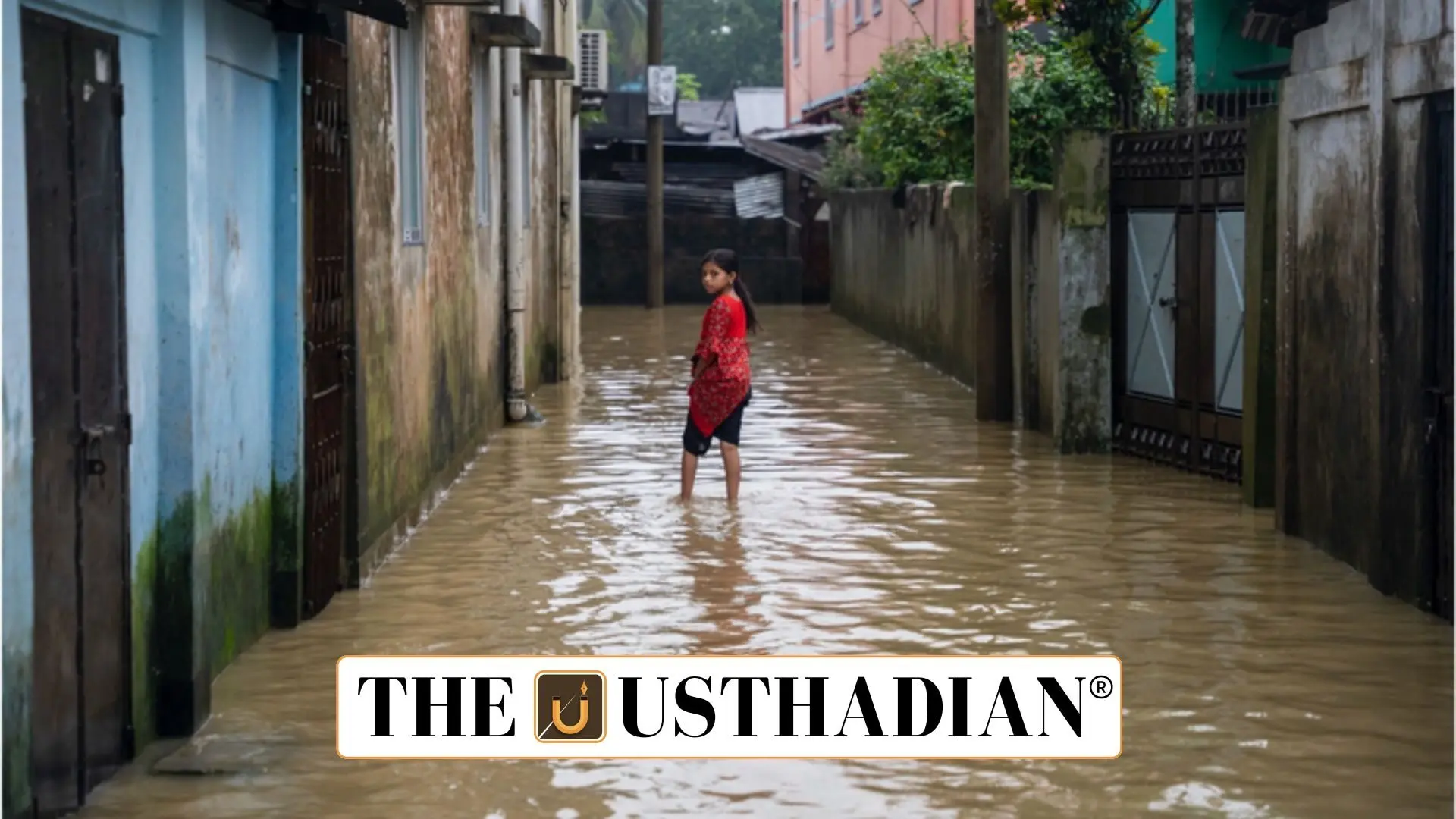Climate Change and Disasters Driving Record Displacements
Global Displacement and the Climate Refugee Crisis: Key Takeaways from IDMC 2025 Report: The Internal Displacement Monitoring Centre (IDMC) released its 2025 Global Report on internal displacements, and the numbers are alarming. The world witnessed 45.8 million internal displacements in 2024—the highest ever recorded since 2008. Climate-related disasters were responsible for nearly 99.5% of these, showing how increasingly unlivable our environment has become. In India alone, 5.4 million people were displaced, mainly due to floods, while conflict in Manipur alone caused 1,000 people to flee.
Who Are Climate Refugees?
The term climate refugee refers to people who are forced to migrate due to climate change and environmental disasters. Rising sea levels, floods, droughts, and wildfires make their homes unsafe. For instance, Bangladesh faces a grave threat from sea rise, with estimates suggesting up to 110 million people could be displaced. In India, land degradation doubled between 2015 and 2019, impacting over 30 million hectares.
Legal Gaps and Statelessness Fears
Surprisingly, climate refugees are not legally protected under the 1951 Refugee Convention, which only protects those fleeing persecution due to race, religion, or politics. Even humanitarian grounds like natural disasters or environmental collapse don’t qualify. Countries like India, the US, and those in the EU offer no official asylum for climate migrants. This leaves them vulnerable to deportation, statelessness, and no access to healthcare or shelter.
India’s Exposure and the Way Forward
India’s position is precarious. The country’s dense population and frequent climate events—from Assam floods to Bengal cyclones—expose millions to displacement risk. While disaster relief is active, long-term legal and migration frameworks are missing. There is an urgent need for inclusive National Adaptation Plans (NAPs) and climate financing to support at-risk communities.
What Can Be Done to Protect Climate Refugees?
Experts recommend updating the 1951 Refugee Convention or creating a new UN framework specifically for climate-induced displacement. Some regional frameworks like the 1969 African Union Convention or 1984 Cartagena Declaration already include broader definitions, offering more humane protections. Countries like New Zealand have explored Climate Humanitarian Visas, while Kiribati has purchased land in Fiji for future relocation—examples of the kind of innovative thinking needed globally.
Conclusion
The IDMC’s 2025 report is a wake-up call. As climate-induced disasters escalate, so does the urgency to reform laws, boost climate finance, and embed displacement into climate planning. The crisis is no longer theoretical—it’s already displacing millions, with India among the worst-affected. If policies don’t evolve fast, climate change could trigger the largest mass migrations of the 21st century.
STATIC GK SNAPSHOT
| Topic | Details |
| Report Released By | Internal Displacement Monitoring Centre (IDMC) |
| Displacements in 2024 | 45.8 million globally, highest ever recorded |
| India’s Displacement Count (2024) | 5.4 million (mostly due to floods) |
| Conflict Hotspot in India | Manipur – 1,000 displaced due to violence |
| First Recognition Year for IDMC | 1998, under Norwegian Refugee Council (NRC) |
| Climate Refugee Convention Status | Not recognised under 1951 Refugee Convention |
| African Refugee Framework | 1969 OAU Convention (includes climate disruption as grounds for asylum) |
| Latin America Framework | 1984 Cartagena Declaration (includes natural disasters) |
| COP27 Milestone | Loss and Damage Fund operationalised in 2025 |
| India’s Land Degradation Impact | Affected 30.51 million hectares between 2015–2019 |








